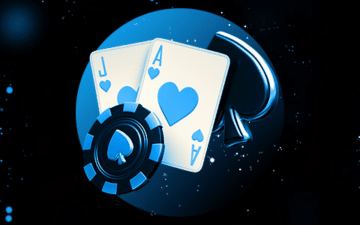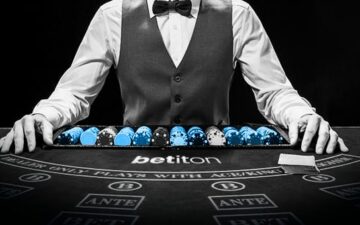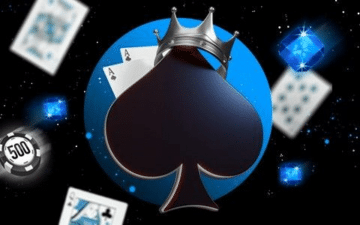
Blackjack is a staple at land-based casinos and online casinos like Betiton UK. With some basic knowledge and practice, blackjack is quite a simple game to play. It might initially seem a little complicated since it involves some decision-making, but this guide will show you how to play blackjack easy.
If you want to learn how to play blackjack like a pro but are still a beginner, this is the right online blackjack guide for you. You’ll learn the blackjack card values, how to play your hand, and how a typical blackjack game is played step by step.
The Objective of Blackjack
The objective of blackjack is always to beat the dealer by getting as close to 21 as possible. The most common way to win is if the total of your cards is higher. A common misconception about how to play blackjack is that your cards must total exactly 21.
However, if you don’t exceed 21 and your hand has more points than the dealer’s, you still win the game.
According to standard blackjack rules, the other way to win is if the dealer busts. If their cards exceed a total of 21 and you didn’t bust, you win with any number of points.
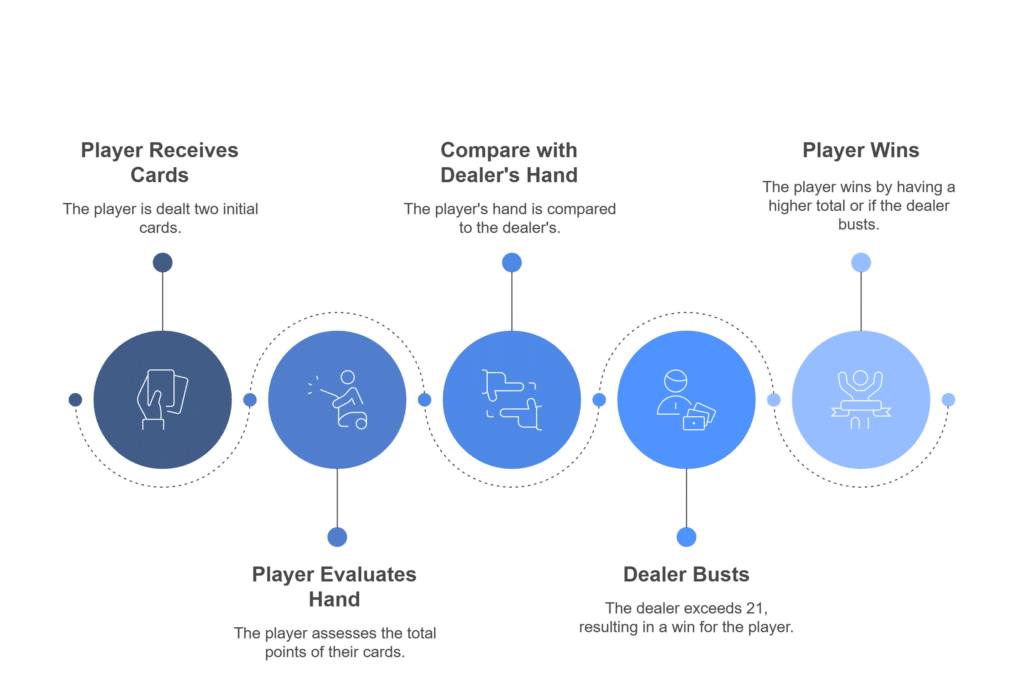
How to Calculate the Card Values in Blackjack?
The next step to learning how to play blackjack at a casino is knowing how to calculate the value of your hand. Blackjack is played with one or more standard decks of cards, but the values are specific to the game.
Fortunately, they’re very easy to memorise because there are only three different values. Face cards are always worth 10 points, while cards two through 10 are worth their face value. For example, any card numbered ‘4’ is worth four points, a 6 card is worth six points, and so on.
The Ace is a special card in a blackjack game because it can be worth one or 11 points. The value is automatically determined for you, depending on which number will give you the best total for your hand.
The colour and suit of the card have no significance in blackjack, so you’ll only need to learn the values in the table below:
| 🃏 Card | 🔢 Value |
| 2 – 10 | Face value |
| King, Queen, Jack | 10 |
| Ace | 1 or 11, depending on the hand’s value |
How to Play Blackjack?

Blackjack games often have rule variations regarding the number of decks used, the dealer’s rules, and some of the game options. However, the steps of a standard blackjack game apply to most tables, even if there are slight variations. The following sections will provide easy step-by-step instructions on how to play blackjack.
Players Join a Table

The first step to playing blackjack at a casino or online is to choose your table. Remember to check the table rules to ensure you select one with favourable blackjack odds. Picking a table with betting limits that suit your gambling budget is also important.
Players Buy Chips
Once you’ve selected your table, you’ll need to buy your chips to join. At a real casino, the dealer will give you chips in exchange for money. Most casinos don’t allow you to place your wager using cash. This step is even simpler when learning how to play blackjack online because you get virtual chips for the game.
Wager Placing

With chips in hand, the next step is to place your wager to start the game. Every player must put a wager, keeping in mind the table’s limit. Your first wager is known as your original bet because additional bets may be added later during the game if you decide to split or double down (explained later).
Dealer Deals Cards to the Players
When every player at the table has placed their bet, the dealer deals two cards to every player. Cards are dealt in a clockwise direction and facing up. The dealer also deals two cards to themselves, but they get a hole card. This means one card is facing up, and the other is facing down at the start of the game.
Players Decide How to Play Hand

With your first two cards in hand, you’ll need to count the value of your cards using the blackjack card values in the table further up. There are five options to play your hand in blackjack, and the best move always depends on what cards you have and the dealer’s face up card.
- Stand – Standing refers to keeping your initial cards and playing your hand as it is. This is the right move if you have a strong hand that can compete with the dealer’s or if you risk busting if you take another card.
- Hit – You should always hit if you can take another card and improve your total without going over 21. The closer your hand is to 21, the better your odds of beating the dealer. You can hit as many times as you wish or until you bust.
- Double Down – Doubling down is the best option for a strong hand like a hard 10 or 11. This will double your original bet, and the dealer will give you another card.
- Split – Splitting is allowed on most pairs in blackjack and refers to splitting your cards to form two new hands. This move will also cost you an additional wager equal to your original bet. The best pairs to split are Aces and eights.
- Surrender – If you’re dealt a weak hand, some blackjack games allow you to surrender your cards in exchange for half your original bet. This means you give up your cards and skip playing for that round.
Sometimes, the best move to make will be clear and rather straightforward. However, when you’re dealt a tricky hand, the right decision might not be as clear, so it’s always best to consult a basic strategy chart.
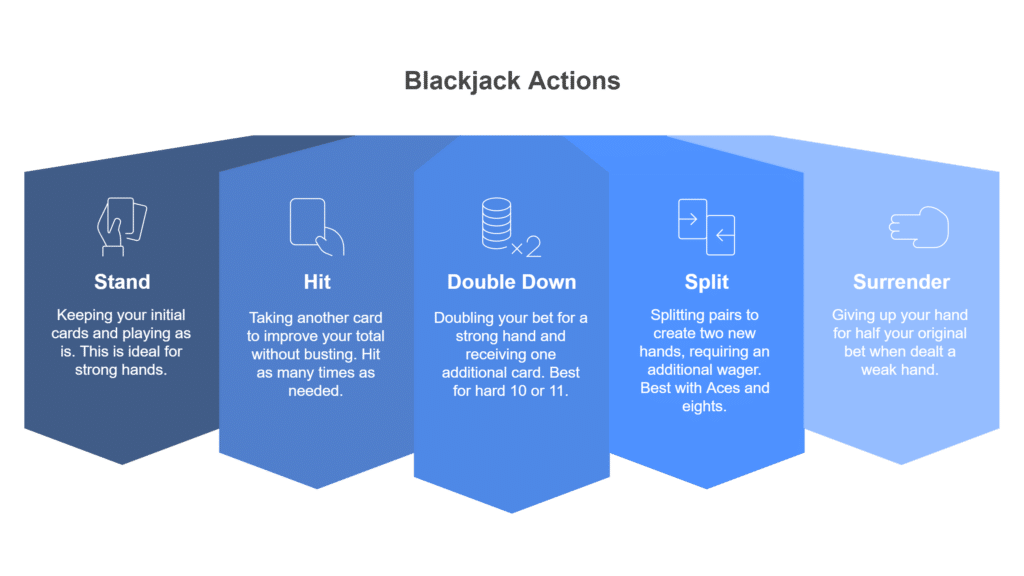
Dealers’ Moves
The dealer plays their hand after every player at the table has taken turns playing theirs. First, the dealer turns over their face down card and adds the value of their cards. Now, unlike the player, the dealer must follow specific rules for playing their hand, which means it’s not up to them to decide which move to make.
Additionally, the dealer can only hit or stand. Splitting, doubling, or surrendering aren’t options for the dealer. The dealer must usually stand on a soft 17, so if they have anything lower, they must hit until they reach it. If they have a soft 17 or higher, they always stand.
Time for Payouts

When the dealer has played their hand, the result of the round is determined, and any player who beats the dealer will get their payout right away. If your hand has a value of 21 or less and it’s higher than the dealer’s, you win.
If you were dealt a natural (an Ace and a 10), you automatically win, regardless of the dealer’s hand. The only exception is if the dealer also gets a blackjack, in wish case the result is a push. Your original bet is refunded in this case.
Finally, if the dealer’s hand has a higher value than yours and didn’t bust, they win, and you don’t receive a payout.
How to Play Blackjack in Special Situations?
There are a few special situations in blackjack that must be played wisely. This mostly refers to side bets in blackjack, which new players often make without understanding the odds that come with these bets.
Let’s review how to play blackjack for beginners in the following special situations.
Insurance/Even Money in Blackjack

The insurance side bet is offered when the dealer has an Ace. Every player gets the chance to insure their bets in case the dealer reveals a 10-value card and gets a blackjack. The insurance bet requires an additional wager equal to your initial bet, and if you win it, you get a payout of 2:1. This is often referred to as even money because if the dealer does get blackjack, you break even.
Insurance might sound like a good bet, but the odds of winning it are rather low. Basic blackjack strategy also states you should never take insurance.
Non-Insurable Dealer Blackjack
Sometimes, the dealer can get blackjack without offering the players insurance or even money. If the dealer’s upcard is worth 10 points, they usually check their hole card before the players start playing their hand.
If the face down card is an Ace, the dealer gets blackjack but doesn’t offer insurance in this case. Obviously, they win the round and take all the bets on the table. The only exception is if one or more players also have a blackjack, in which case the result is a push.
Dead Hand in Blackjack

One of the special situations in blackjack is when every player at the table busts before the dealer’s face down card is revealed. This is a rare scenario referred to as a dead hand. In this case, the dealer still reveals their hole card, but they skip playing their turn since every player would have lost the game already.
When a dead hand occurs, the dealer sweeps the cards and places them in the discard tray. In this case, the dealer wins the round automatically, so there’s no point in playing their hand since the result is already determined.
Side Bets in Blackjack
Besides your original bet, which is required to join the table, most casinos also allow you to place blackjack side bets. These are optional and not necessary to play the game, but some players like to play them for a chance to win additional and bigger payouts.
The insurance bet is the most common side bet, but there are also the 21+3 and perfect pairs side bets. These bets offer attractive payouts, but they also have poor winning odds. We suggest avoiding these bets because they’re often losing bets. Basic strategy also states that you should avoid taking insurance.
Common Blackjack Mistakes to Avoid

Part of learning how to play blackjack requires an awareness of some of the most common mistakes beginners make when they start playing blackjack. Remember, the right blackjack skills can lower the game’s house edge, so you’ll want to make sure you’re aware of the best blackjack tips and you’re not making the following mistakes:
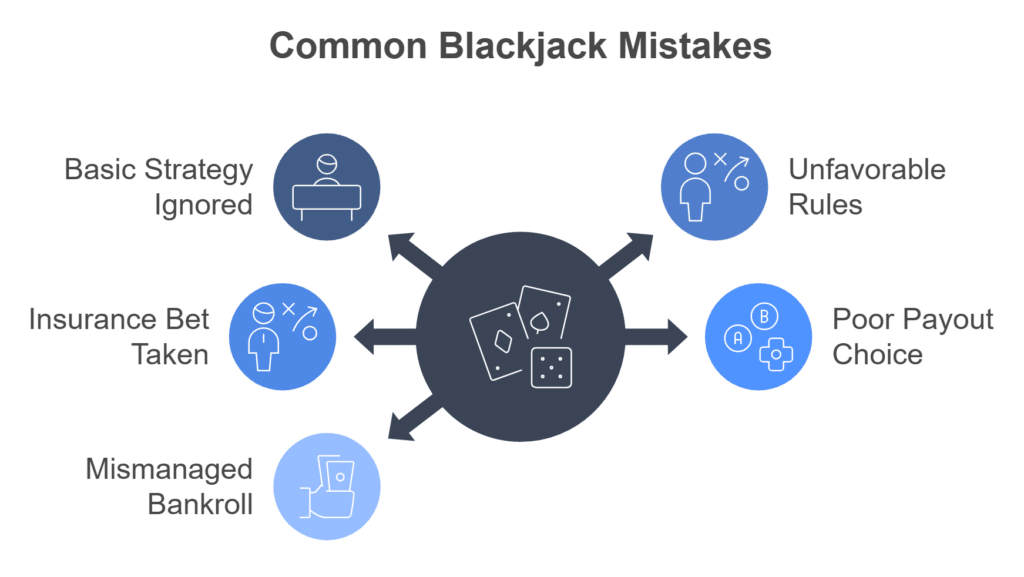
- Playing blackjack without basic strategy – Basic strategy is the optimal way to play blackjack, and it will give you the best move to make for any cards you’re dealt. Additionally, don’t forget to consider the dealer’s hand.
- Not checking the blackjack rules – You’ll want to choose a blackjack table with favourable rules, such as the dealer standing on soft 17 and the option to surrender.
- Taking insurance when the dealer has an Ace – The insurance bet is offered to insure half your bet in case the dealer gets a blackjack, but it’s often a losing bet. Basic strategy states that you should avoid taking it.
- Choosing a 6:5 blackjack table – These tables pay 6:5 for a blackjack instead of the regular 3:2 payout. Since the payout is lower, you should always choose the 3:2 version.
- Managing your bankroll incorrectly and chasing your losses – A common mistake new blackjack players make is to size their bets randomly, bet too much at once, or chase their losses. A budget should always be set, and a strategy should be used to manage your money properly.
Frequently Asked Questions About How to Play Blackjack
You’ll need to sign up at an online casino like Betiton UK to play blackjack for real money. A casino deposit is also required before you can start playing.
This depends on the variation of blackjack. In standard blackjack rules, you can hit as many times as you like, as long as the total hand value is not more than 20.
Since a king and queen are considered the same value of 10, you can split them in a blackjack game.
Blackjack is a casino game that must be played with strategy, although chance also plays a big part in the outcome. In short, players get two cards and must decide how to play their hand. The goal is to beat the dealer by having a higher hand value than theirs without exceeding 21 points.
Yes. ’21’ is another common way of referring to a blackjack game.
Blackjack related articles
Blackjack basic strategy is the best strategy to reduce the casino’s advantage in the game and turn the odds further in your favour. Blackjack already has a fairly low house edge compared to other casino games, but you can increase your odds of winning slightly with the right strategy. If you’re interested in learning more […]
Blackjack is one of the most fun casino games to play with a betting strategy because it’s both skill and luck. Although playing blackjack with a specific strategy can only reduce the house edge slightly, it’s important to ensure you’re playing your cards right to have a solid chance of beating the dealer. Betiton has […]
Card counting is one of the most popular methods for playing blackjack, right up there with the basic strategy method. Blackjack card counting is even more well-known because it gained a lot of fame thanks to popular Hollywood movies taking inspiration. If you’re looking for a beginner-friendly introduction to blackjack to help you learn how […]
